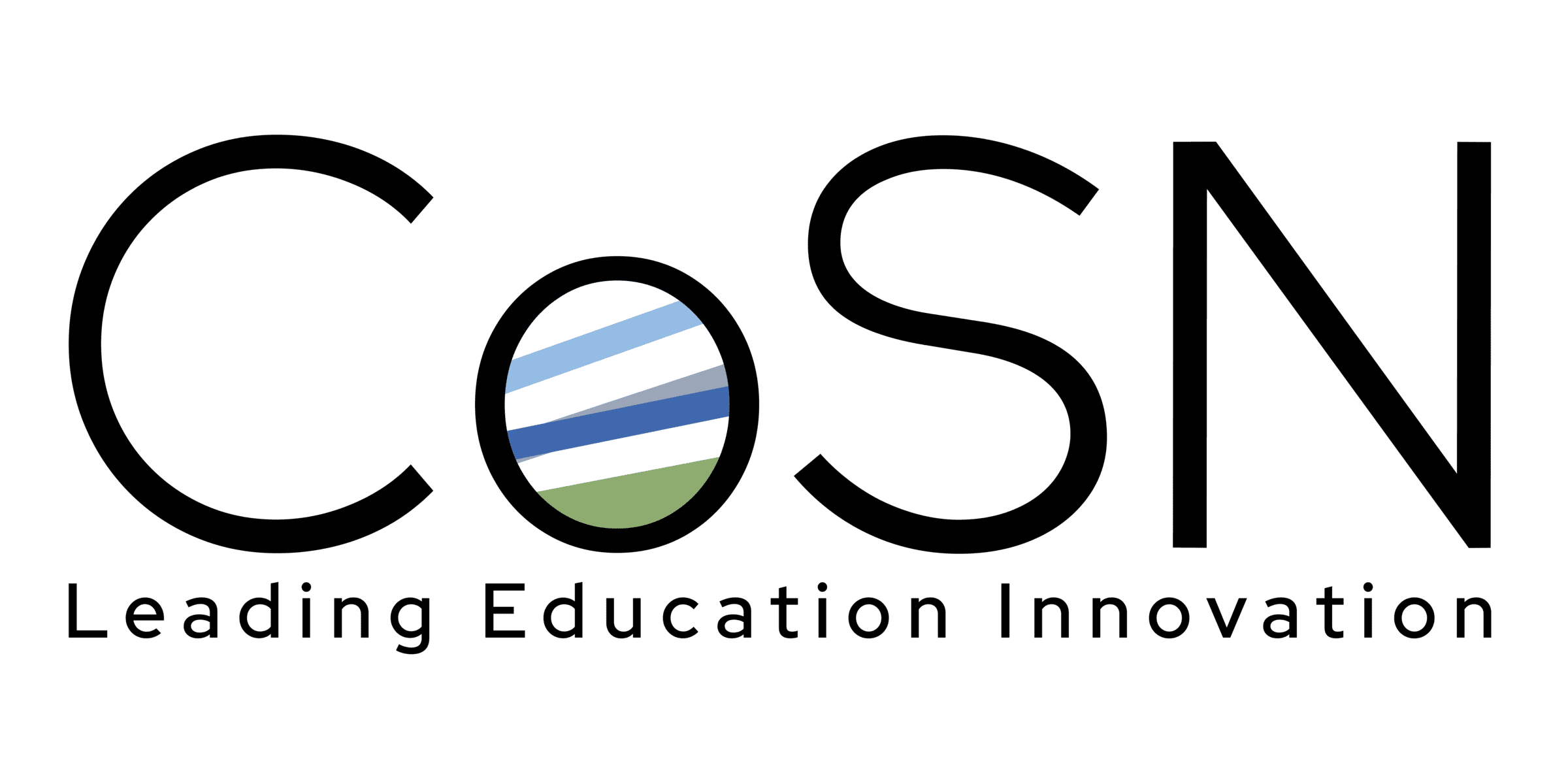|
By continuing to browse the site you are agreeing to our use of cookies and similar tracking technologies described in our privacy policy.
|
The Consortium for School Networking (CoSN) is the premier professional association for school system technology leaders. CoSN provides thought leadership resources, community, best practices and advocacy tools to help edtech leaders succeed in the digital transformation.

Looking for your next career move in EdTech? Or need to fill an open position? Explore the CoSN Career Center now!
